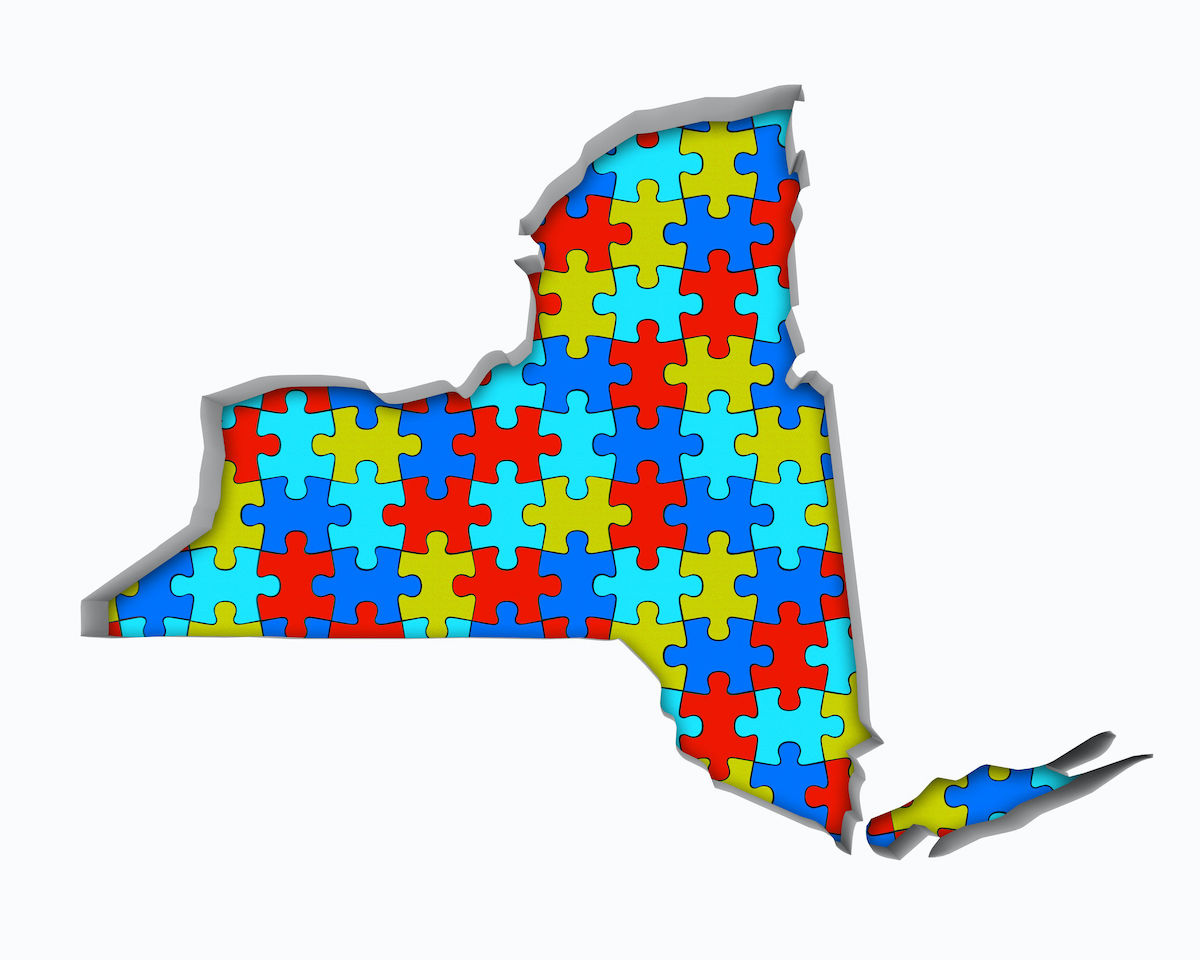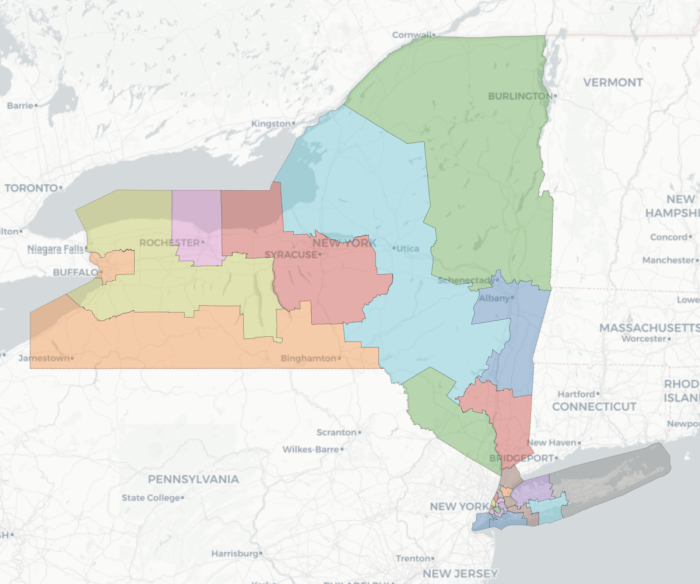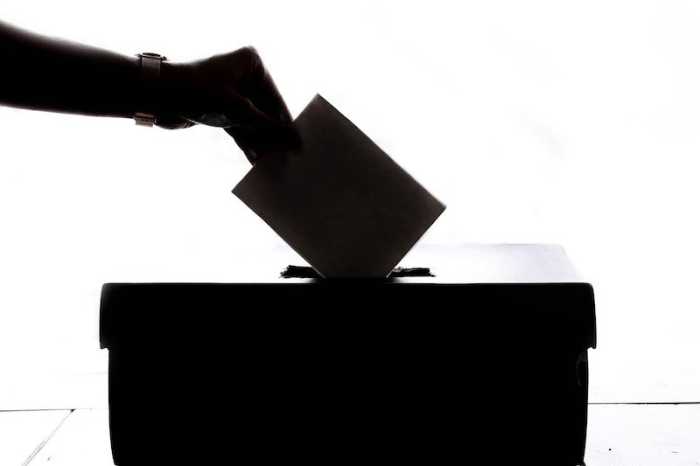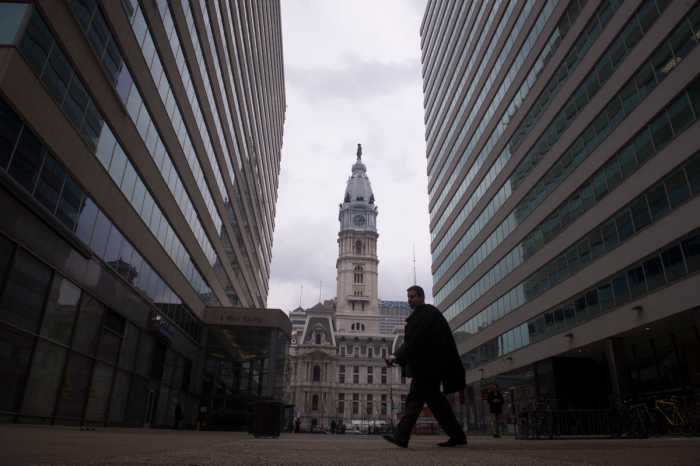Now that the New York City public hearings have ended, important questions remain: Will the Democrats and Republicans on New York’s Redistricting Commission come together on a decent new set of maps, due to be delivered to the Legislature on January 15? Will the Legislature, controlled by Democrats, throw out the Commission’s work and draw maps to benefit themselves?
This round of hearings brought even more New Yorkers out to argue for the changes they saw as necessary to improve our electoral districts. The #DrawDemocracy campaign ran a successful Facebook campaign urging New Yorkers to testify, as well as working with elected officials, press and schools, and even developing TikTok dances and yoga moves based on districts, to spread the word.
It seemed clear that both Democrat and Republican maps have, in some cases, maintained mapping tactics that split up neighborhoods, connected pieces of unrelated and far-flung neighborhoods, and reduced voters’ political agency. A few particularly egregious examples engendered ire among voters:
At the Queens hearing, which lasted nearly six hours, people objected strongly to several draft maps’ effort to connect eastern Queens with Nassau County. In Brooklyn, several residents of Orthodox Jewish enclaves in South Brooklyn said they’d like to stop being part of Congressman Jerry Nadler’s district, most of which is far away on Manhattan’s Upper West Side.
In Manhattan, residents talked about the need for separate districts for the East and West Sides. One voter, Russell Squire, noted that traffic lights are timed to make north-south travel “convenient” and east-west travel “impossible.” In the Bronx, people commented on how the “Letters” (Democratic) State Senate maps split various Bronx neighborhoods and attached them to distant neighborhoods like College Point, Queens.
Much discussion also ensued about the Unity Maps, created by a consortium of civil rights groups working to protect the voting rights of Blacks, Latinos and Asian Americans. The Unity Maps supporters made up a large group in Queens, but also were a presence in the other boroughs. So far they have released maps for the Assembly and Senate; Congressional maps are expected soon. Commissioners asked a lot of questions and seemed very engaged.
It was inspirational to see how seriously people took the opportunity to shape their districts. Many men wore suits and ties; others wore traditional garb from their countries of origin; and a transgender woman from Astoria wore a sweater and pearls. A woman from Bangladesh spoke of being “moved beyond words” when she arrived in NYC to find signs in her own Bengali language in the subway. A Russian teenager from Brooklyn named Ziv said it best: “Districts should not be based on a politician trying to keep themselves in office.” New York City deserves better than that.
The #DrawDemocracy Campaign is a partnership of RepresentUS NYC and True Democracy NY.
RepresentUs NYC is the New York City chapter of RepresentUS, the nation’s largest grassroots, a nonpartisan anti-corruption organization. True Democracy NY, a 501(c)4 nonprofit organization, is a non-partisan group of New Yorkers dedicated to changing the systemic dysfunction and corruption of New York politics. We believe in empowering everyday people to take action locally to fix our broken elections and hold politicians accountable.










